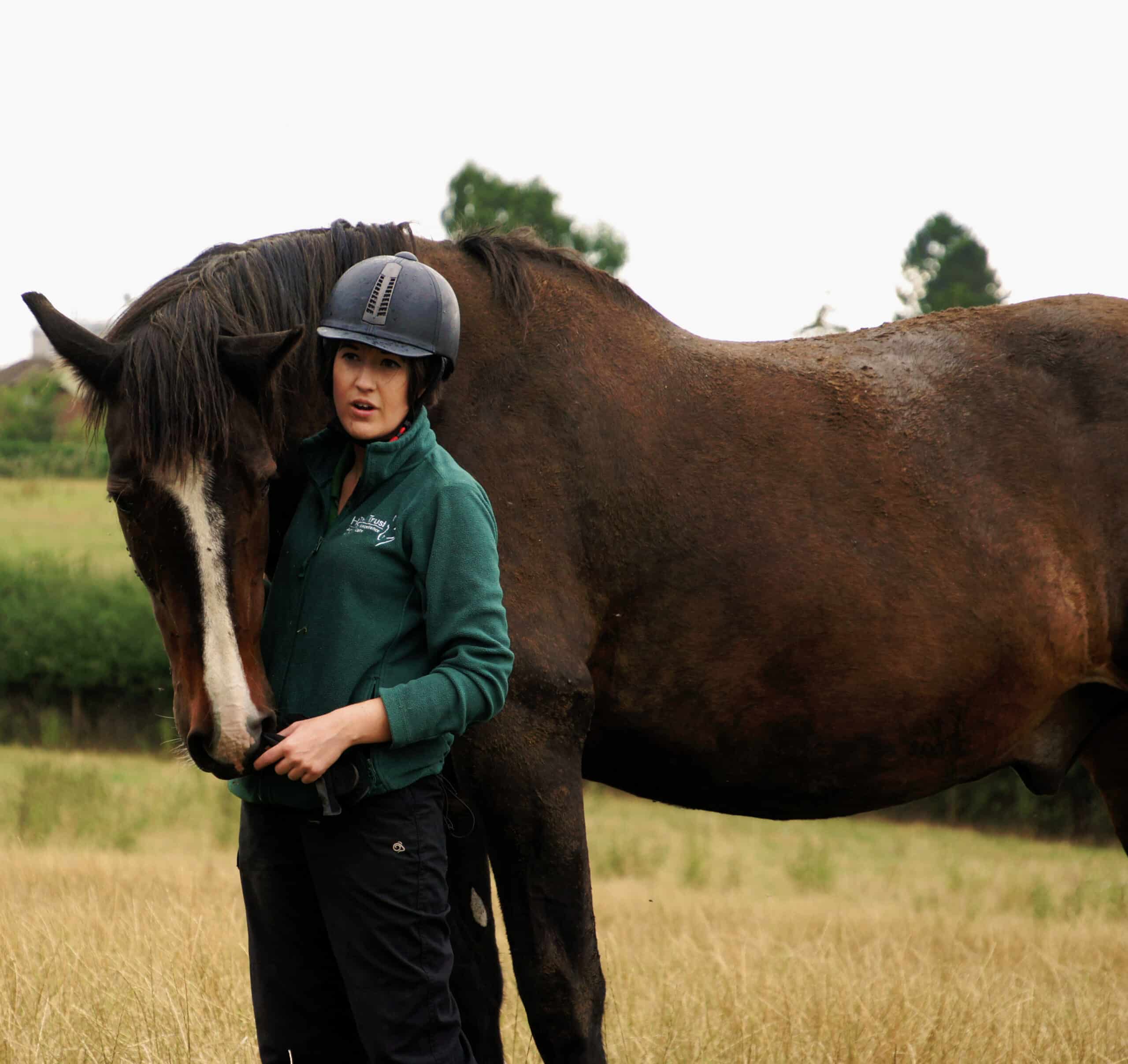Your cart is currently empty!
 Mud fever is a painful condition and as the name suggests has traditionally been associated with the wet muddy conditions where the bacteria Dermatophilus congolensis thrives. Mud fever, also known as pastern dermatitis or ‘cracked heel’ tends to affect the back of the pastern (the sloping part of the horse’s leg between the fetlock and the hoof) and is characterised by scabs and sores in this area. It may look like red, sore areas of skin which may be weeping or like lumpy scabby patches. If left untreated the horse may develop a deeper infection or cellulitis.
Mud fever is a painful condition and as the name suggests has traditionally been associated with the wet muddy conditions where the bacteria Dermatophilus congolensis thrives. Mud fever, also known as pastern dermatitis or ‘cracked heel’ tends to affect the back of the pastern (the sloping part of the horse’s leg between the fetlock and the hoof) and is characterised by scabs and sores in this area. It may look like red, sore areas of skin which may be weeping or like lumpy scabby patches. If left untreated the horse may develop a deeper infection or cellulitis.
As with many conditions prevention is much better than cure and there are a number of ways you can make your horse’s environment less muddy and wet. Try putting down woodchip or a similar product in high traffic areas near gates and fencing to prevent the surface getting too muddy. If you are able to, bringing your horse off incredibly muddy pasture would be a bonus. Mud fever can be extremely painful for your horse so it is really important to check your horse’s legs daily to catch and treat any signs early on.
Feathers can be protective against mud fever but also often disguise the signs. If you horse has heavy feathers make sure the legs are thoroughly checked and if your horse has signs of mud fever clip feathers back to remove the breeding ground for Dermatophilus congolensis to flourish.
Horse welfare research
We have funded a vast amount of research to establish an evidence base for best practice in caring for horses. Read more about our research here.
Related Posts
MAKE A WORLD OF DIFFERENCE

We receive no government funding, so your support is vital in providing specialist care for our residents and advancing research and training to benefit horses everywhere.
Donate today to help us continue this essential work.

 Donate
Donate
















